This is my impression of what an early American rifle might have looked like. It combines Continental flavor with American fold art decoration. The lines are Germanic, as is the hardware, but there is a subtle design shift toward the American long rifle.
The carving is reminiscent of Pennsylvania Dutch, with the tulip motif. The carving, while well executed, is not based on the work of a highly trained European gunsmith, but designed and carved by a Pennsylvania taught folk-smith.
The patchbox was made to appear as a re-fit, as if someone lost the original sliding wooden cover, and wanted a new fangled brass hinged box fitted to their gun. See the piece fitted into the buttstock dovetail, which fill the gap, and retains the patchbox spring.
The rifle's mother is the European jaeger, but this child has softened, it is less geometric and symmetrical, as the forms are more rounded than its European counterpart. The forestock is a vee profile, and the nose cap is open on the end, as if the gun was a parent or grandfather to the Lehigh rifles. The wrist is a touch wider than high.
The stock is sugar maple, cut from a hollow tree high on a bank above a stream. The buttstock has the flame patterened wood from the root flare in it. The tapered and flared barrel was made by Douglas, .62 cal, square grooved. The lock is a Chambers Germanic. Hardware by Reaves Goehring, using original hardware as patterns.
Copy and gun by Tom Curran.








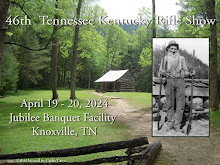

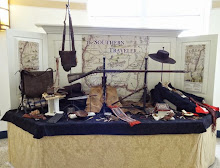





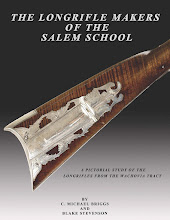

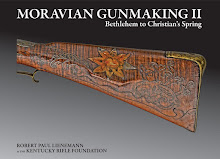


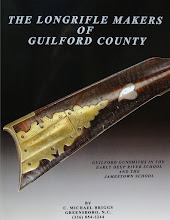

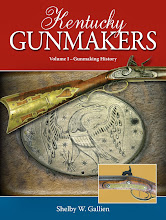









No comments:
Post a Comment
Note: Only a member of this blog may post a comment.